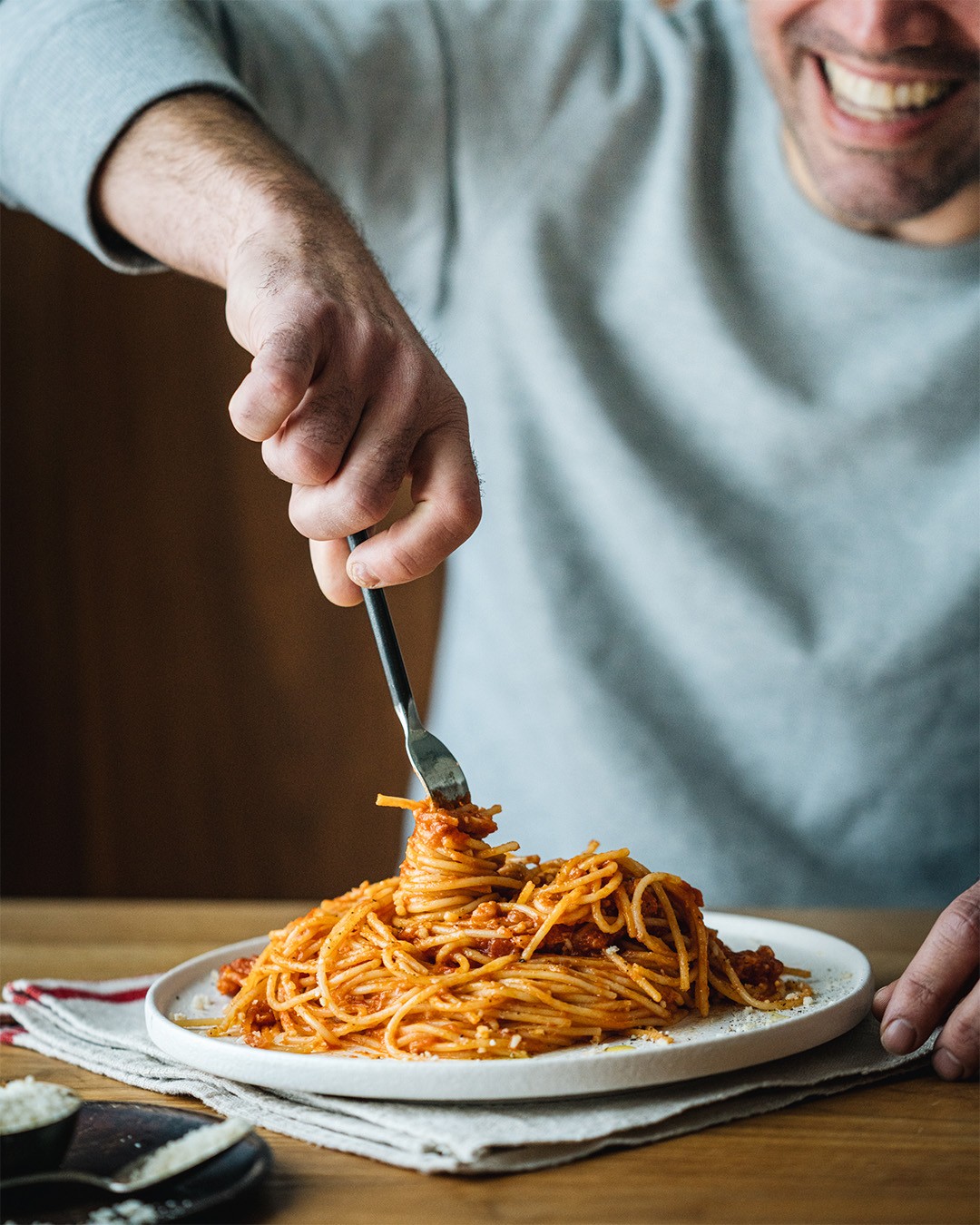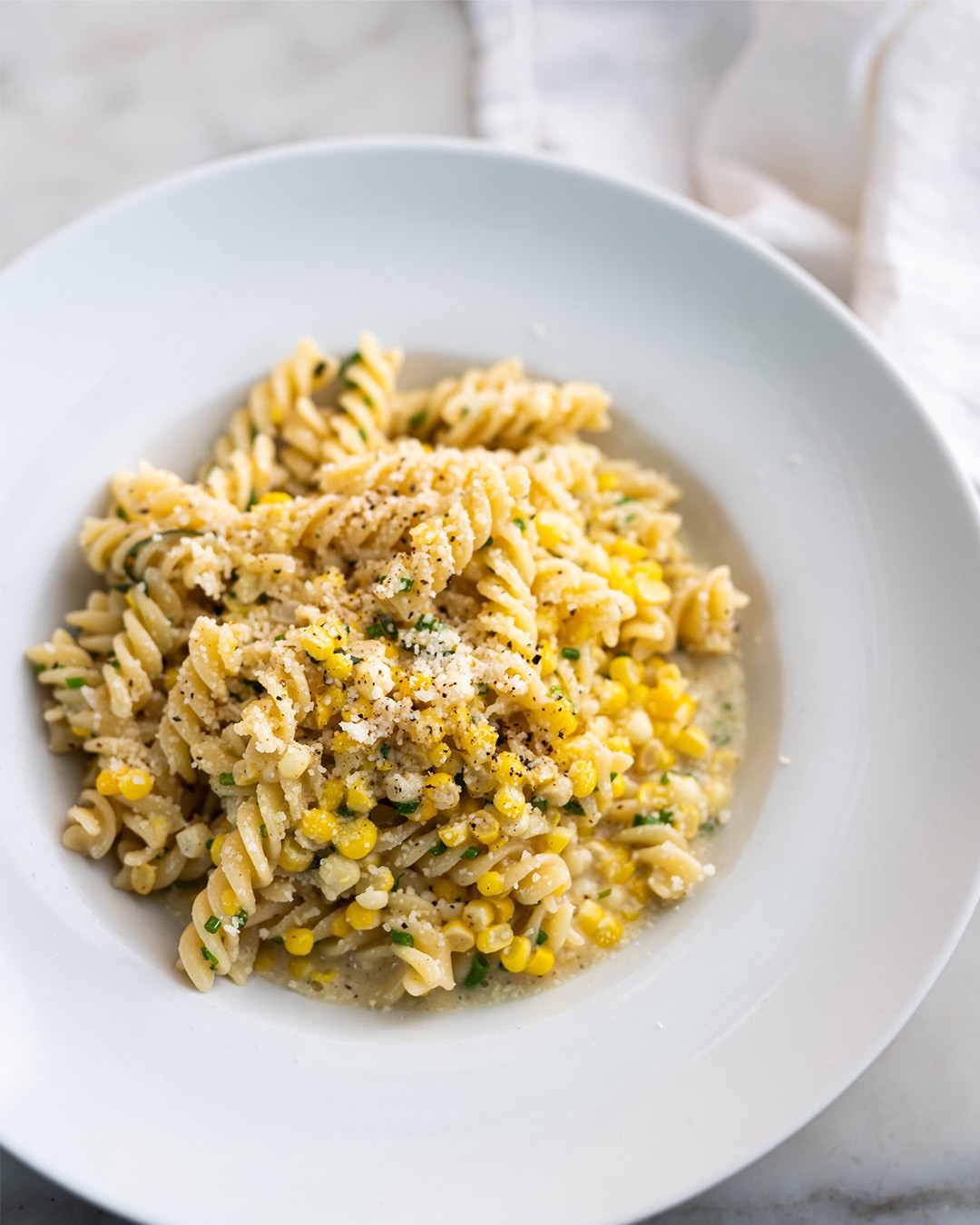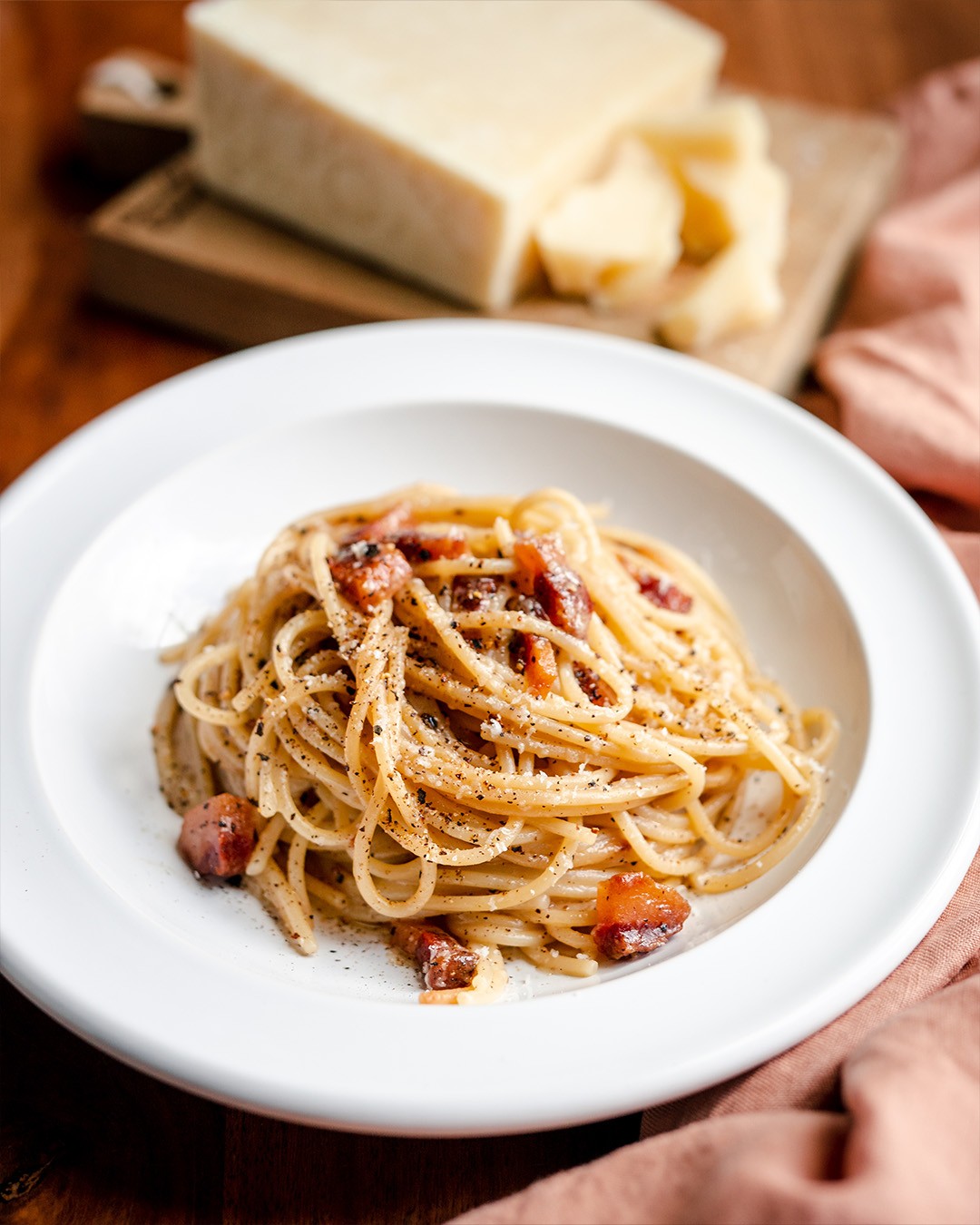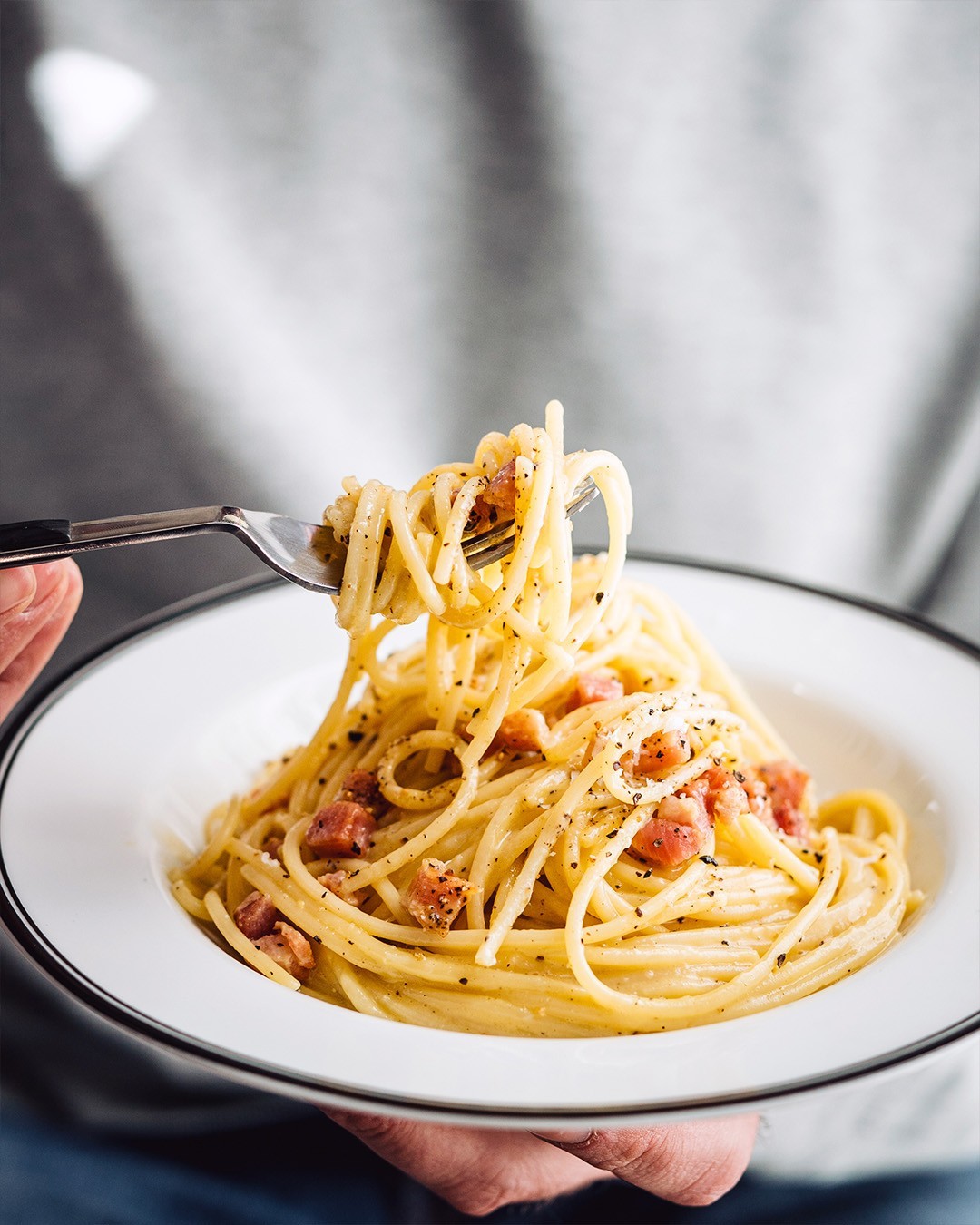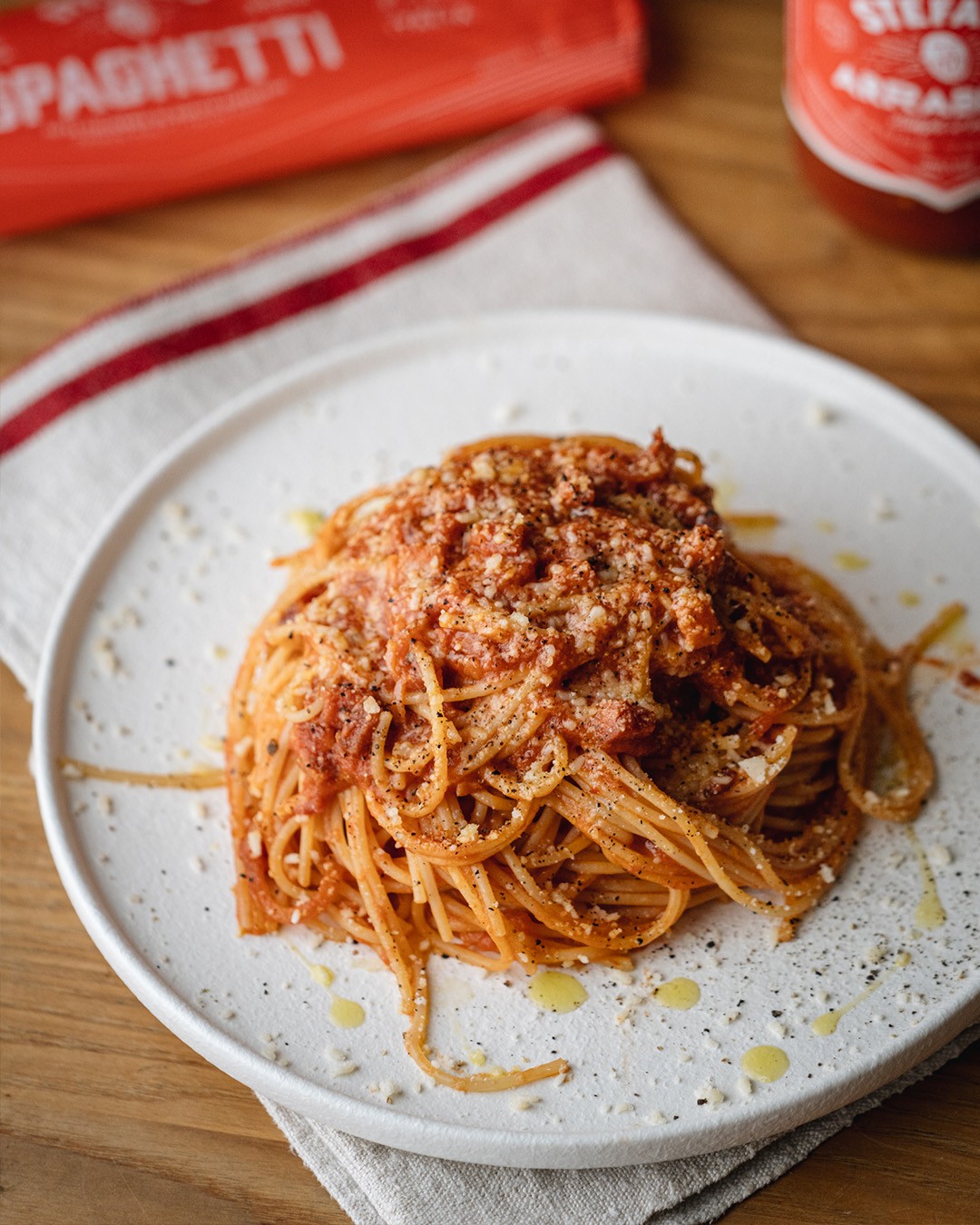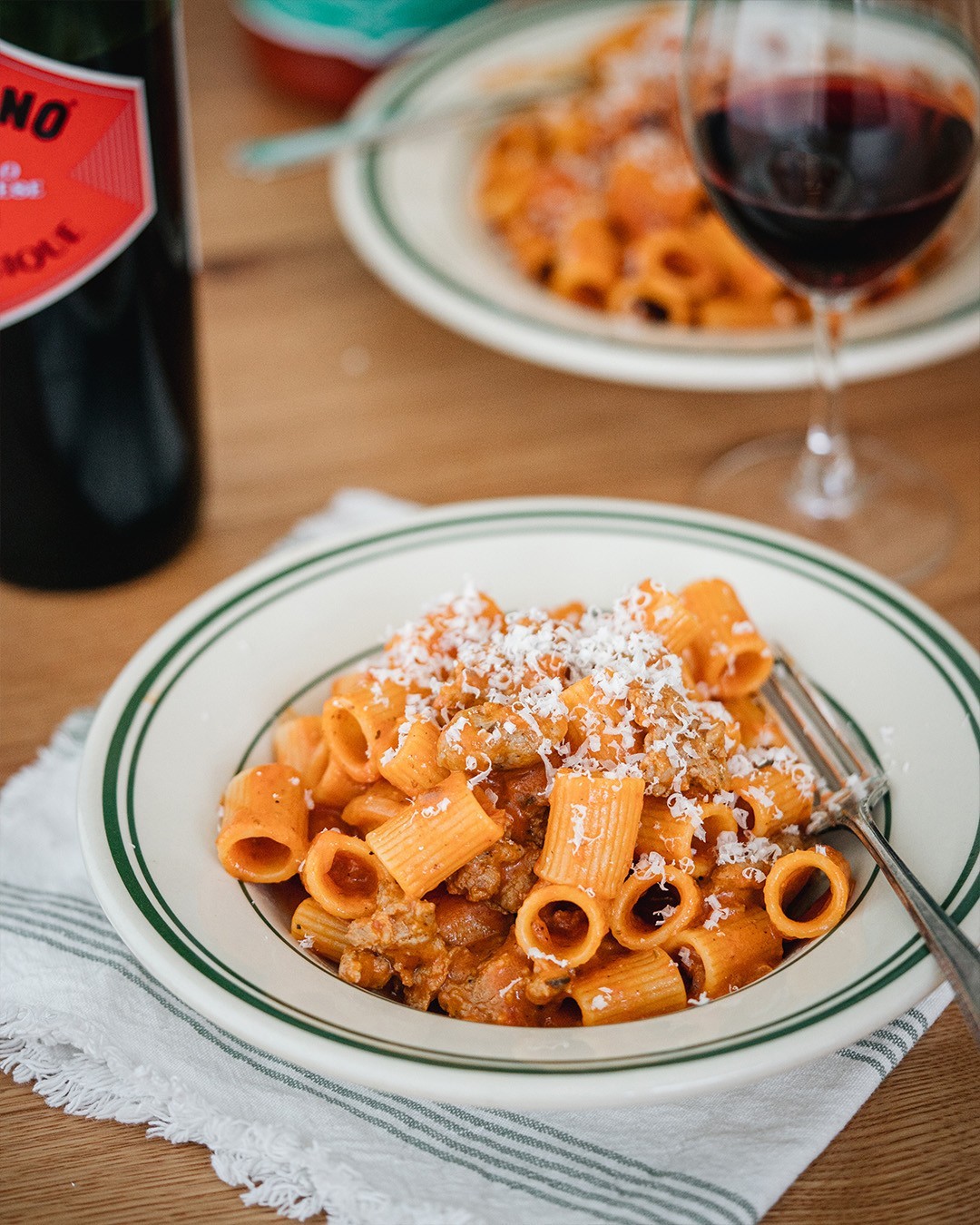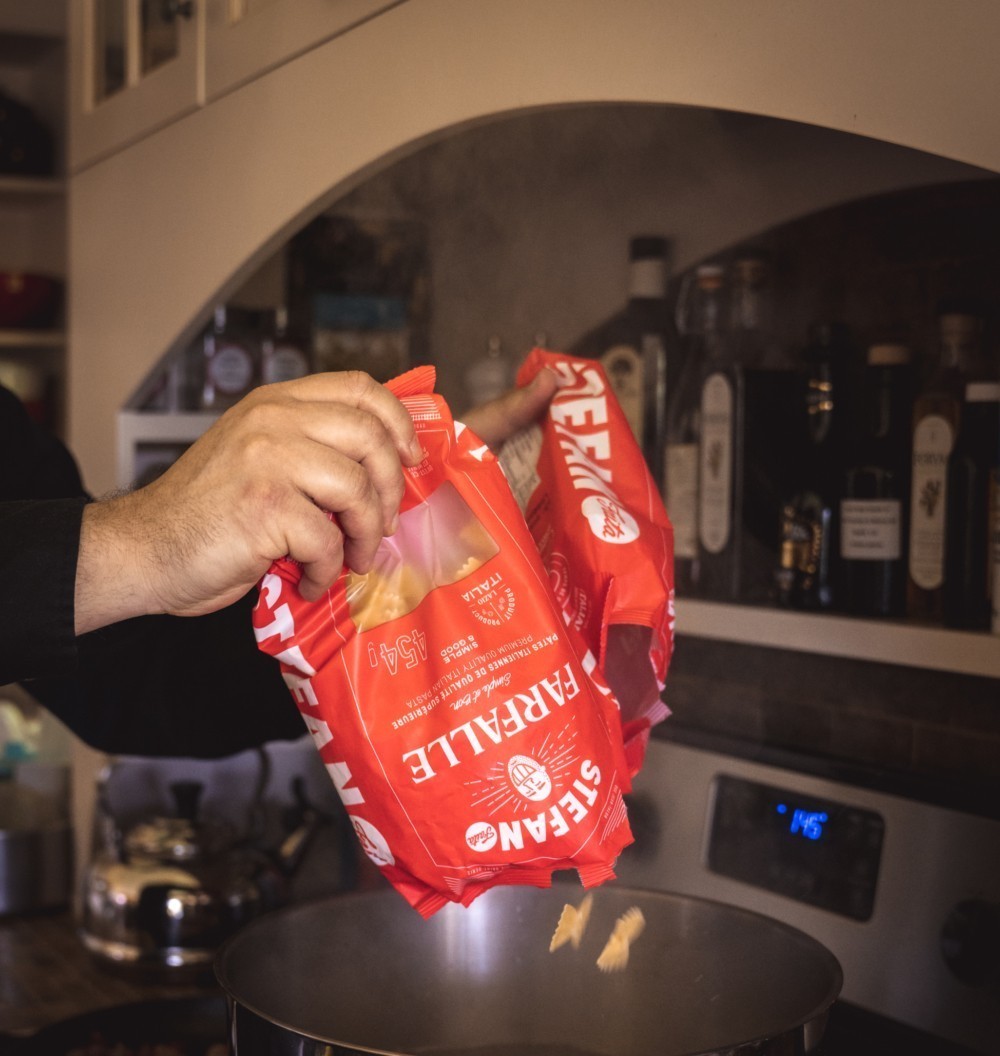The Four Classic Roman Pasta Dishes: Simple Ingredients, Legendary Flavour
If there’s one thing we’ve learned growing up in Italian families, it’s that pasta is to be taken very seriously. Especially when it comes to the classics. Every Italian region has its classics, but the four Roman pasta dishes—cacio e pepe, alla gricia, carbonara, and amatriciana—have earned their place in the pantheon of absolute icons. These dishes are the pride of Roman cuisine, each a masterpiece of flavour and simplicity.
Like many Italian specialities, the four classic Roman pasta dishes have humble beginnings. Legend has it that we owe them to the shepherds who roamed the mountains of central Italy with nothing but the local essentials: Pecorino cheese, cured meats like guanciale or pancetta, black pepper, and maybe an egg or some tomatoes found along the way. Turns out the shepherds were onto something because that’s all it really takes to cook some of the most satisfying, scrumptious pasta there is!
So, without further ado, let’s dive into each of these four pasta legends. And yes, you’ll find below our very own recipes for each of these superstars!
Cacio e Pepe: The Minimalist Marvel
If you ever thought simplicity couldn’t be luxurious, cacio e pepe is here to set you straight. With just three ingredients—Pecorino Romano, black pepper, and pasta—this speciality is the ultimate expression of less is more. It’s also a dish that highlights just how much technique matters in Italian cooking.
The key to a good cacio e pepe is the emulsion, or put more simply, the action of getting the cheese and pasta water to combine into a silky, creamy sauce that coats the pasta perfectly. It sounds easy, but getting that perfect balance is an art form. Too much water and you’re left with a soupy mess, too little and the cheese clumps up. But when you hit that sweet spot? It’s pure pasta bliss. Ready to take on the challenge? [Get our cacio e pepe recipe here].
Alla Gricia: The Underrated Gem
In our humble opinion, alla gricia is the unsung hero of Roman pasta. Still relatively unknown on this side of the Atlantic, it is cacio e pepe’s cooler, meatier cousin. The key to its magic is the addition of the famous guanciale. A word on guanciale while we’re at it. It’s a fact: this very traditional salt-cured pork jowl truly adds an unmatched depth and richness to dishes, and it does make a difference in overall taste and texture. However, if you can’t find any, pancetta will do the trick!
So, what makes it so special? The guanciale’s fat blends with the Pecorino Romano to create a sauce that’s both rich and light, complex and pure. In short, alla gricia maintains that beautifully simple Roman approach, but with a welcome touch of indulgence. Trust us, once you’ve tried it, you’ll wonder why it’s not more famous. Curious? [Discover our alla gricia recipe here].
Carbonara: The King of Creaminess
Next up is the dish that’s probably inspired the most imposters: carbonara. We’ve all seen it, haven’t we? Overcooked pasta drowned in cream, overloaded with garlic, and sprinkled with pre-grated Parmesan. But in Rome, they’d sooner throw their pasta in the Tiber than call that carbonara! Authentic carbonara is a thing of delicate beauty. The sauce is made with raw eggs, a generous heap of freshly grated Pecorino Romano, and just enough rendered guanciale fat to bring it all together. The real challenge? Not scrambling the eggs when the sauce hits the hot pasta.
It’s a delicate dance of timing and temperature, but when done right, carbonara is a luscious, creamy work of art… without a drop of cream in sight! If you’re ready to master this technical gem of a dish, [check out our carbonara recipe here].
Amatriciana: The Tomatoey Scarlet
Last but not least, the fiery Amatriciana! Imagine pasta alla gricia enhanced by some tangy San Marzano tomatoes and a bit of dried chili—a masterpiece. It should be noted that the debate over whether to add onions (and a dash of white wine) or not to the sauce is as heated as the chili peppers themselves. Some swear by it, others consider it sacrilege. But one thing’s certain: tomatoes bring out the best of the classic ingredients.
Amatriciana is the kind of dish that makes you sit up and pay attention. The balance of flavours, the richness of the sauce, the vibrant colour—it’s what pasta dreams are made of. Want to try your hand at it? [Discover our Amatriciana recipe here].
Bonus Round: Pasta alla Zozzona
This dish is the rebellious child of Roman pasta. A hybrid born from the leftovers of Amatriciana and carbonara, it is unapologetically decadent and outrageously delicious. With crisp guanciale, juicy sausage, and an egg and Pecorino-based sauce that’s both creamy and tomatoey, pasta alla zozzona is the ultimate comfort food.
Just like its name suggests—zozzona roughly translates to “dirty” in Roman dialect—this dish is messy in all the best ways. It’s not traditional, it’s not refined, but it’s everything one could want when craving something rich and satisfying. Want to get a little wild in the kitchen? [Check out our alla zozzona recipe here].
A Roman Holiday… Any Day of the Week!
We hope these four classic Roman pasta dishes (plus our little cheeky bonus!) have inspired you. To us, they are more than just recipes. They’re a celebration of Italian food culture and a delicious reminder that the best meals are often the simplest. It’s all about quality ingredients and time-honoured techniques! So next time you’re in the mood for pasta, why not do as the Romans do?
Buon appetito!

